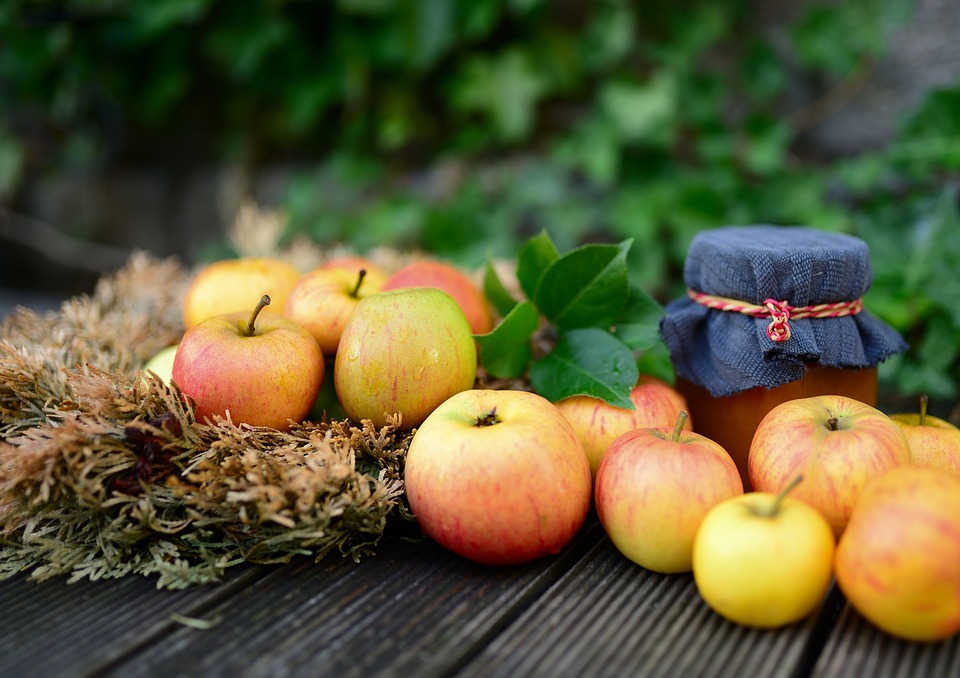Food preservation is a system used to preserve a quantity of food for some future date and time. There has always been a type of food preservation used in every culture and country in the world since early times. In general, we find different methods used such as canning, cold storage, drying, fermentation, freezing, pickling, salting or smoking according to the location in which the culture is present. Some regions blend with certain types of preservation while others are better suited to alternative methods.
Early conservation ideas centered on preserving food in a way that likely imitated the exact method used by nature and replicated how it was naturally complicit. Indigenous practices made the most of cold storage, drying, freezing, fermentation or drying. These were natural processes that often occur in common fruits. Ancient Egyptian records reveal their use of salting, smoking, pickling, drying or fermentation as common methods used in those days. Food drying methods are claimed to be one of the world’s oldest methods of preserving food with instructions dating tombs discovered in China over 2,000 years ago. This Chinese instructable described the various processes involved in salting, drying, as well as pickling bamboo shoots. Several 16th century records indicate that the European Maya conquerors used a method of smoking foods in order to preserve the peppers. Methods such as sun drying, smoking, or salting have been used on most perishables including many types of fish.
Salt has been traditionally used to preserve meat and fish since ancient times. Different cultures would get their supply of salt either directly from the earth’s deposits or from sea water that had dried up. Salt has traditionally been used in the production of different types of brines or used in fish drying processes in particular.
The ancient Egyptians often used a method known as “banking” in order to preserve many perishable foods. The process consists of digging a hole in the ground and then lining it with wood, leaves, or perhaps straw to create a barrier between the food and the soil. Caves represent the most natural form of “bank” and were used whenever available to preserve foods. Foods would be successfully stored in containers made of leather or reed baskets or in various earthenware pots and then placed either in caves or in holes dug in the ground. Liquids naturally required a more diverse approach and the types of their containers were very different.
Pests such as insects, damage from moisture or weather, mold or fungi often lower the quality of preserved foods, and these drawbacks had to be taken into account when planning future food storage. If you stop for a moment and think hard about how these early civilizations stored their food, perhaps we too as surviving survivors can create a similar storeroom to serve the same ends.
Copyright @ 2010 Joseph Parrish
http://www.survival-training.info
